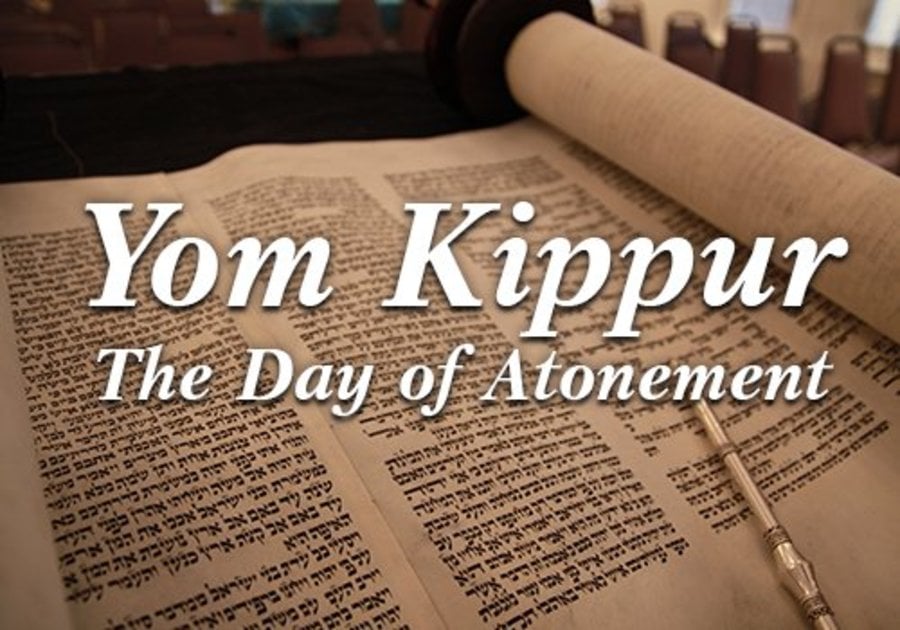Yom Kippur, which starts Sunday, Sept. 27, is the “Day of Atonement” during which Jews around the world reflect on their sins from the past year and ask for forgiveness.
The focus of the Yom Kippur holiday? Introspection and connecting to your religion. To do that, we fast from sundown the night before to sundown the night of Yom Kippur.
As a child, standing in temple with my family for an entire day while I was starving was not my idea of a holiday.
But as I grew older, I started to see the value in looking backward to find the best path forward. I've found such value in it that I try to make that introspection and reflection part of my life every day, and especially on Yom Kippur.
My non-Jewish friends have had lots of questions about Yom Kippur. At times I feel like a Jewish Wikipedia, but I like being able to share things about the religion that is such a huge part of my life. Here are the top five questions I get asked about Yom Kippur:
Q. Why is Yom Kippur on a different day every year?
Every year the date of Yom Kippur changes in the Gregorian calendar (this is the traditional calendar you're used to) but it is the same in the Hebrew calendar.
The Hebrew calendar is both solar and lunar, unlike the Gregorian calendar which is solar-based only.
The Jewish year has 354 days, and to make sure the holidays happen in the correct seasons, an extra month is added every few years to make up the difference. This is similar to leap year. So the Yom Kippur holiday is always on the 10th day of Tishrei, but in our Gregorian calendar that usually falls in September or October.
In 2020, Yom Kippur begins on the evening of Sunday, Sept. 27, and ends the evening of Monday, Sept. 28.
Q. Why do Jewish holidays start the night before and not the morning of?
All Jewish holidays begin at sunset the night before it appears on a traditional calendar. The reason why Jewish holidays always begin in the evening is based in the scripture that says God created night first and then day.
Q. It seems like such a serious holiday, do you say “Happy Yom Kippur”?
The usual greetings on Yom Kippur are “Have an easy fast," “Wishing you a meaningful fast,” or “Chag Sameach,” which means happy holidays in Hebrew.
Q. I’m pronouncing it wrong, aren’t I?
Wondering how to properly pronounce Yom Kippur? “Yom” rhymes with dome. “Kippur” sounds like “kee - pour.” I look at it this way: if you are making the effort to learn more about something that is important to me and to expand your horizons, then I will absolutely not take offense to a mispronunciation. I went through five years of Hebrew school to learn the language and I still mispronounce things sometimes.
Q. So how does Yom Kippur end?
Once we reach sunset, a special prayer is recited called Shema Yisrael praising God. Then a shofar (a trumpet made from a ram’s horn) is blown. That concludes services and ends the fast. That’s when families traditionally gather for the break-fast meal. This often consists of bagels, dairy, noodle pudding, and eggs.
Now here’s something I learned writing this article: My husband attended a more strict Jewish temple growing up than I did, and he says the shofar wasn’t blown until you could see three stars in the sky. He said one particularly cloudy year they didn’t conclude service until well after 10 p.m.
Chag Sameach
Asking for forgiveness for the past year’s mistakes and focusing on being a better person in the year ahead is what Yom Kippur is all about. And that, dear readers, is how I live my life, and why a holiday that won’t let me eat for an entire day is still my favorite.
Ellen DeFrancesco is the publisher of Macaroni Kid Long Beach-Oceanside-Rockville Centre, N.Y.



